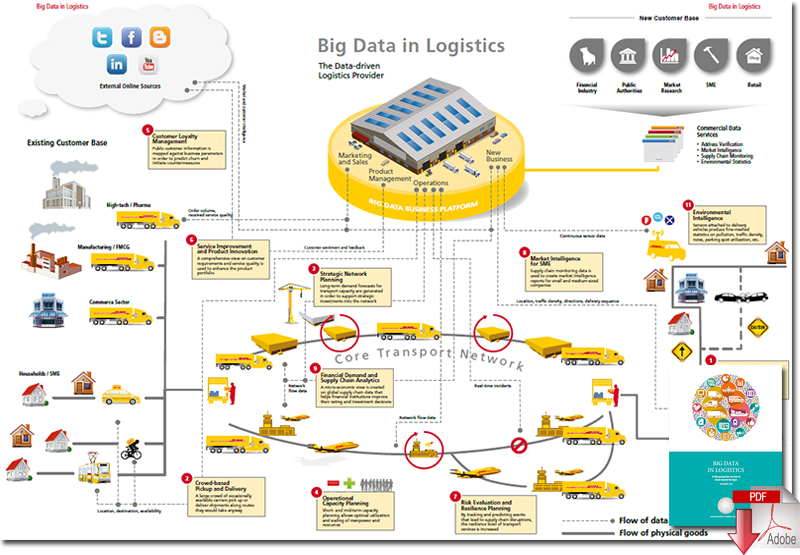Hello, my dear readers :) I hope all of you in good condition. Today, I would like to explain about Capacity Management. What is capacity management?
Definition of Capacity
· ❤️Capacity is the amount of work that can be done at a specified time.
· ❤️In APICS dictionary, capacity is defined as the capability of a worker, machine, work centre, plant or organization to produce output per time period.
Four types of capacity
•Capacity required is the capacity of a system or resource needed to produce the desired output in a given time period
•Capacity management is responsible for determining the capacity needed to achieve the priority plans as well as providing, monitoring, and controlling that capacity so the priority can be met.
•Capacity planning is the process of determining the resources required to meet the priority plan and the methods needed to make that capacity available.
•Capacity control is the process of monitoring production output, comparing it with capacity plans and taking corrective action when needed.
CAPACITY PLANNING
- Involve calculating the capacity needed to achieve the priority plan and finding ways of making ways that capacity available.
- IF THE CAPACITY REQUIREMENT CANNOT BE MET, the priority plans have to be changed.
Priority plans are usually stated in units of product or some standard unit of output. Capacity can sometimes can be stated in the same units, for example, tones of steel or yards of cloth. If there is no common unit, capacity must be stated as the hours available. The priority plan must then be translated into hours available. The process of capacity planning as follows :
- Determine the capacity available at each work center in each time period.
- Determine the load at each work center in each period.
- Resolve differences between available capacity and required capacity. If possible, adjust available capacity to match the load. Otherwise, the priority plans must be changed to match the available capacity.
# This process occurs at each level in the priority planning process, varying only in the level of detail and time spans involved.
CAPACITY REQUIREMENTS PLANNING (CRP)
• Occurs at the level of the material requirements plan.
• The process of determining in detail the amount of labor and machine resources needed to achieve the required production.
• Planned orders from the MRP and open shop orders (scheduled receipts) are converted into demand for time in each work center in each time period.
• This process takes into consideration the lead times for operations and offsets the operations at work center accordingly.
• Capacity planning is the most detailed, complete, and accurate of the capacity planning techniques.
• This accuracy is most important in the immediate time periods. Because of the detail, a great amount of data and computation are required.
Inputs
Needed for a CRP are open shop orders, planned order releases, routings, time standards, lead times, and work center capacities. This information can be obtained from the following:
◾ Open order file
Open shop order appears as a scheduled receipt on the material requirements plan.
It is a released order for a quantity of a part to be manufactured and completed on a specific date.
It shows all relevant information such as quantities, due dates, and operations.
The open order file is a record of all the active shop orders
It can be maintained manually or as a computer file
◾ Material requirements plan
◾ Routing file
A routing is the path that work follows from work center to work center as it completed.
Routing is specified on a route sheet or in a computer-based system, in a route file.
A routing should exist for every component manufactured & contain the following information
- Operations to be performed
- Sequence of operations
- Work centers to be used
- Possible alternated work centers
- Tooling needed at each operation
- Standard times: setup times & run times per piece
◾ Work routing file
Composed of a number of machines or workers capable of doing the same work.
The machinery will normally be similar so there are no differences in the kind of work the machines of similar capacity could be considered work center.
A work center file contains information on the capacity and move, wait, and queue times associated with the center.
The move time is the time normally taken to move material from one workstation to another.
The wait time is the time a job is at a work center after completion and before being moved.
The queue time is the time of a job waits at a work center before being handled.
Lead time is the sum of queue, setup, run, wait and move times.
Planned order releases
Determined by the computer's MRP logic based upon the gross requirements for a particular part. They are inputs to the CRP process in assessing the total capacity required in future time periods.
That's all from me within this post. I hope you guys can understand for this entry. Till we meet in the next entry. Bye and have a nice day :)

















